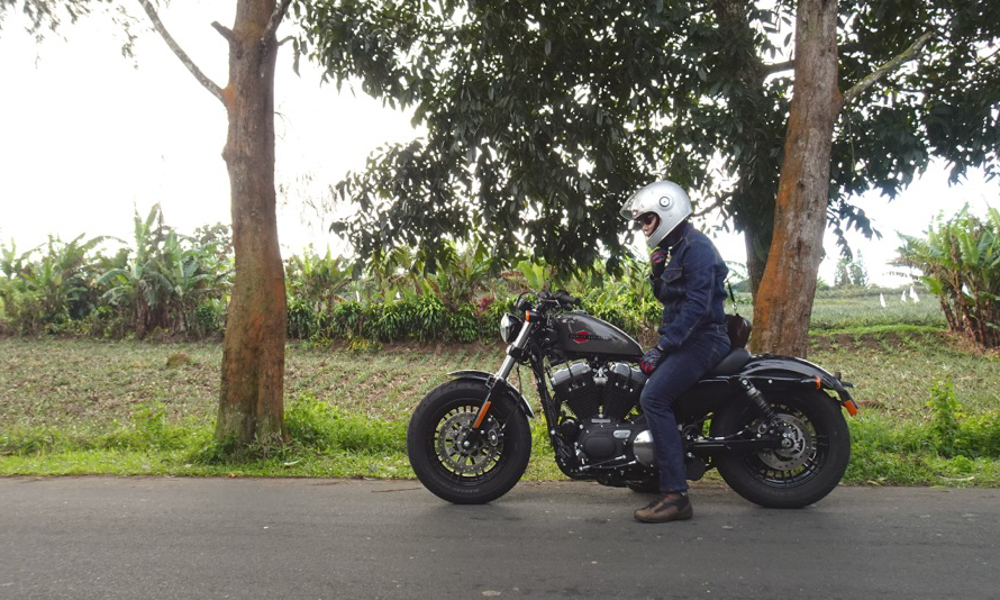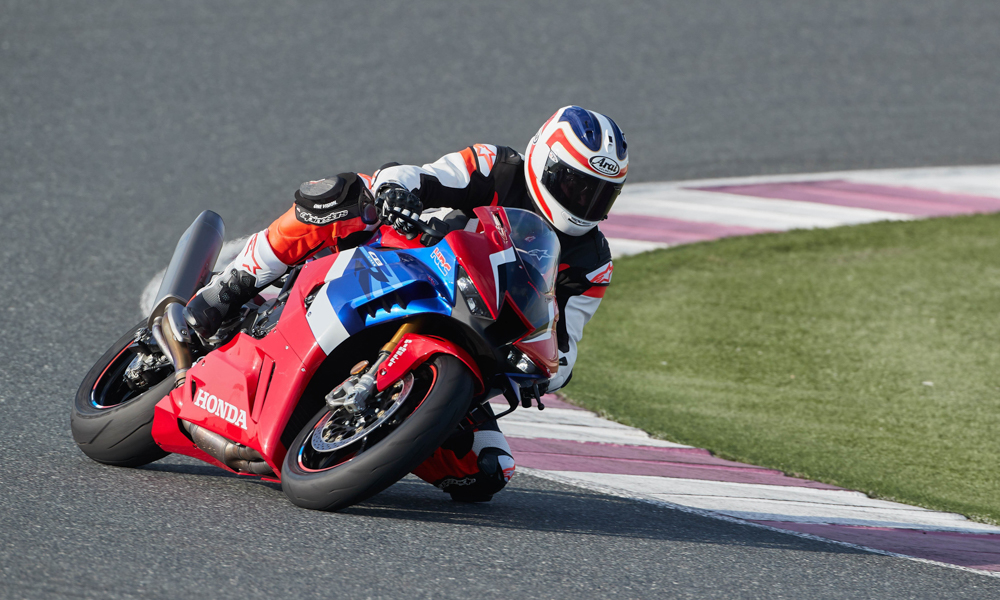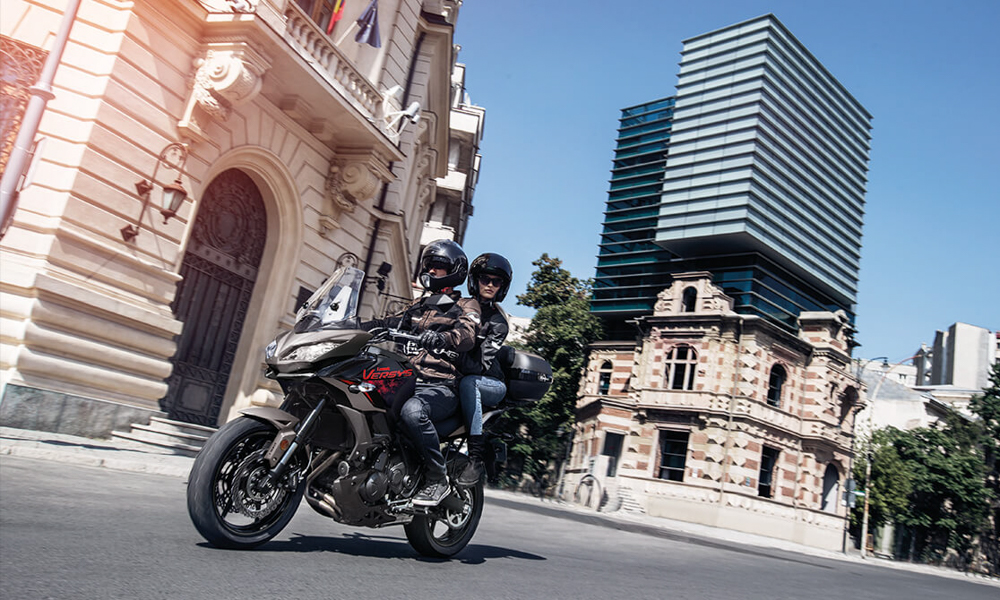
Not too long ago, there was a time when any aspiring videographer/director/talent had to earn his stripes the hard way through on-the-job training with a crew that had all its work vetted by higher-ups before seeing their work broadcast on television. During this internship, the elders taught the rookies the ins and outs of their craft, the standards and the ethics of journalism. If you wanted to be seen by a wide audience, you had to work with the networks.
Then just as MTV killed radio, social media has killed off TV. Today, anyone who puts in a modest investment in camera gear and basic knowledge of editing can take up vlogging. But while this empowerment of the regular person has become entertaining and educational, it is also disturbing. On the one hand, we have creative folk who are so passionate about their interests that they’ll put in a lot of time and effort into their channels to make quality content. Never mind if they have 100 subscribers or 1,000,000. Quality always took precedence over quantity.
On the other hand, we have the most basic stuff, created not so much to tell the viewers something new but to generate the most number of likes with the least amount of effort. It’s attention-seeking in the hopes of generating enough subscribers to make some money.

So now we have unboxing videos, Minecraft instructionals (my kids love these), retired experts critiquing Hollywood films, comedians endlessly talking about fried rice, and a rather popular topic in motoring communities: motorcycle vlogs. Don’t get me wrong, I appreciate the hard work put into local vlogs (such as Makina and Gakimoto) and foreign ones (like The Missenden Flyer and FortNine). But for every praise-worthy video that teaches you something about a new bike or a new skill, there are several more pieces of dreck that can’t seem to get over that most juvenile of riding pursuits: “LOOK HOW FAST I CAN GO!”
Look, I get it. We all get it. No one who has ever gotten on a bike has ever said: “Nah, I don’t want to see how fast this thing goes.” You paid big bucks for XXX horsepower? Perfectly understandable that you’d want to see how fast you can go. After all, what is the point of buying a Ducati Panigale if you’re just going to putter along at the legal speed limit? Heck, why bother upgrading a humble scooter if you’ll never twist the throttle all the way?
By all means, take your bike and see how fast you can push it on a racetrack, or at the very least an empty road. In a controlled environment, wearing the proper safety gear, and under the supervision of a riding coach, you will hone your skills and have a better appreciation of your machine. If something goes wrong, nobody else but you gets hurt.
I know a fair number of enthusiasts who do own sports bikes, and they do track days. But it seems to me that some motorbike vloggers would rather go for the thrill of turning on the jets on the expressway (and stupidly posting it on social media) than do the sensible thing. Or turning that most famous of twisty roads—Marilaque—into their personal Nurburgring, to the detriment of other road users. For all their effort, they are rewarded with thousands of likes, views and follows. If you don’t like it, they and their minions will simply tell you not to watch it. Kamote is life, I suppose.
In your motorcycle vlog, you are morally responsible for showing others how to ride safely and sensibly
To be fair, this attention-seeking hooliganism isn’t exclusive to Filipinos. Whether you call them “kamote” here or “squid” everywhere else in the world, a quick YouTube search will turn up dozens of hotshots racing on public roads, leading cops on a merry chase, rev-bombing the locals, and generally causing all sorts of trouble.
The problem with this “if you don’t like it, then piss off” mentality is its complete disrespect for the other people who also use the road, the obvious disregard for safety, and the dangerous inspiration for others to follow your bad example. If you crash your bike at 245km/h and break every single bone in your body, that’s your problem. However, if you hit another vehicle while doing so, the laws of physics say that the occupants of that vehicle will also suffer the same (if not worse) consequences. I wonder if that is something you’re prepared to answer for.
When you’re zipping up Marilaque, hogging the line and bullying other motorists to get out your way, you’re not impressing anyone with your skill. You’re just being an irresponsible ass. So when you do these things and also crow about it on social media, that is how your audience will end up doing (maybe worse). Imagine the statistical probability of one of your subscribers getting hurt as a result of following your reckless antics.

And don’t think for a second that “kamote” is the reserve of small-displacement bikes. This ignorant, entitled mindset is the domain of people riding anything from underbones to supersports. Whenever you take it upon yourself to share your adventures on your channel or account, you have the moral responsibility to show your followers the right way to ride your motorbike.
There are no points awarded at the end of the ride. There is no finish line, or a podium where you can stand on and spray champagne. At the end of the day, every rider should simply aim to have a good time and make it home safely. Do your part to make this lifestyle earn the respect it deserves among other motorists.


0 Comments